
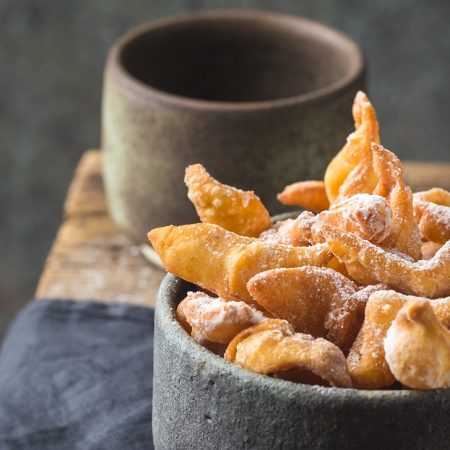


Przez wieki dla mieszkańców Warmii i Mazur równie ważny, jak kalendarz świecki był kalendarz liturgiczny. Oczywiście protestanckie Mazury i katolicka Warmia znacznie różniły się w kwestiach obchodzenia świąt religijnych. Jednak niektóre elementy pozostawały wspólne, np. każdą Wielkanoc poprzedzał okres postu, a ten post – okres zabaw.
Na Warmii nie znano tradycji karnawału, znano za to zapusty. Były to trzy dni poprzedzające Środę Popielcową. W tym okresie wstrzymywano się od prac w polu i gospodarstwie, a skupiano się na uroczystym świętowaniu przed okresem postu. I właśnie wtedy, a nie w tłusty czwartek, na Warmii pieczono pączki. Oprócz pączków na stołach pojawiały się tłuste potrawy – miało to na celu odpowiednie przygotowanie organizmu do okresu Wielkiego Postu. Jak mówiło jedno z warmińskich przysłów: „W zapusty będzie kurak tłusty”.

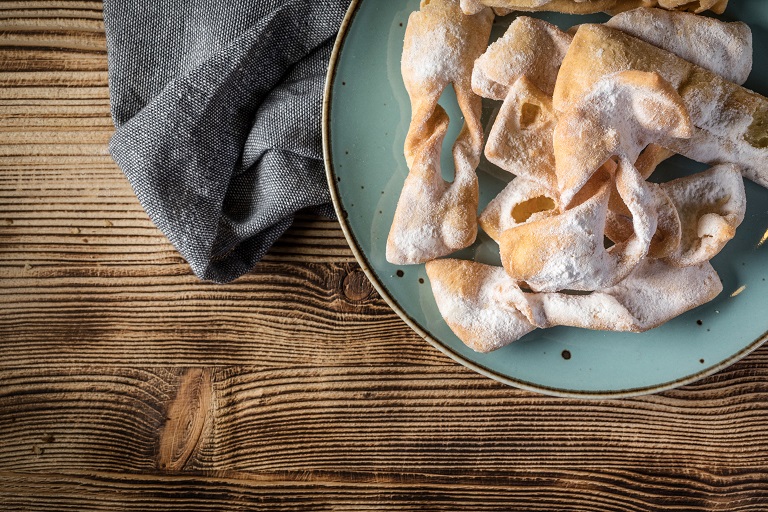
Zabawa kończyła się we wtorek o północy. Społeczność wchodziła wtedy w poważny czas postu. Warto tu wskazać istotną różnicę pomiędzy tradycjami warmińskimi a częścią tradycji mazurskich. W okolicach Ełku znana była bowiem tradycja „zabaw” również w Środę Popielcową. Kawalerom przyczepiano do pleców tzw. birki z napisem: „Nie zdążył się ożenić, został starym kawalerem”. Podobnie postępowano z pannami. Na większości terenów regionu Środa Popielcowa była jednak dniem zadumy i rozpoczęcia postu. Znany był zwyczaj szorowania popiołem garnków w celu pozbycia się resztek potraw tłustych i mięsnych.
W trakcie Wielkiego Postu na stołach Warmiaków i Mazurów pojawiał się podobny zestaw potraw. Królowały: groch z kapustą, zupy mleczne oraz chleb razowy. W zachodniej części Mazur popularne były też sprowadzane wcześniej przez gospodarzy śledzie. Mazurzy jedli również ziemniaki pieczone w popiele, surową kapustę, kluski z grzybami bez jakiejkolwiek omasty, czyli „bose”.
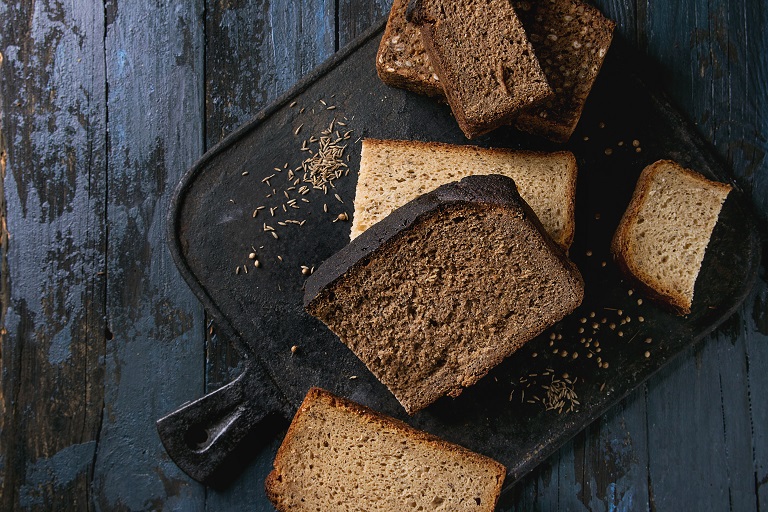

Na trzy niedziele przed Wielkanocą chłopcy zrywali gałązki wierzby i brzozy. Wstawiano je do wiadra stojącego w kuchni, aby wypuściły listki i bazie. Bazie poświęcone podczas mszy w Niedzielę Palmową nabierały niezwykłej mocy: połykane miały chronić przed chorobami gardła, spalone stawały się pokutnym popiołem. Z nich też gospodarz wykonywał małe krzyżyki i umieszczał je na polach zboża, aby chroniły je przed różnymi klęskami żywiołowymi. Gałązki umieszczał też nad wrotami obory – miały chronić bydło przed chorobami.
Zgodnie z tradycją liturgiczną na Warmii i Mazurach okres postu był okresem wstrzemięźliwości i wyczekiwania – zarówno na Wielkanoc, jak i na początek wiosny.
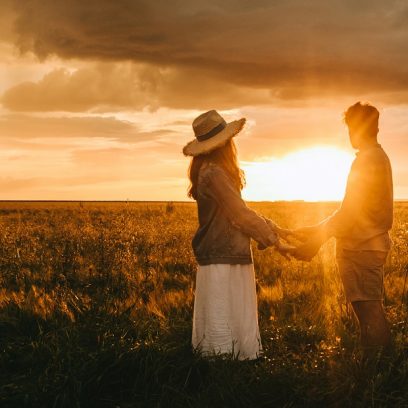
Jeżeli celebrujecie święto zakochanych, to Warmia i Mazury pozwolą Wam przeżyć romantyczny i niezapomniany czas. Poza sezonem możecie liczyć na spokój, ciszę i często niższe ceny. Wybraliśmy dla Was cztery wyjątkowe miejsca, które są idealne na walentynkowy pobyt we dwoje.
Dowiedz się więcej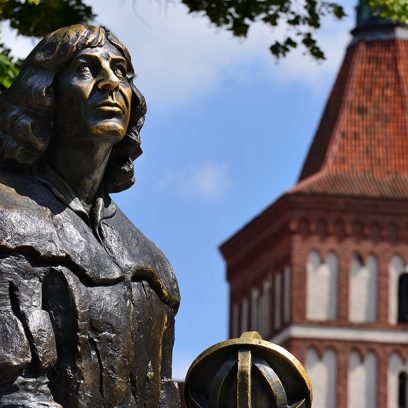
Mikołaj Kopernik wybrał Warmię na swoje miejsce na Ziemi. To tutaj powstały jego najsłynniejsze dzieła i to tutaj realizował się jako tłumacz, dyplomata, strateg wojenny, kartograf, kanonik, medyk, ekonomista i oczywiście astronom.
Dowiedz się więcej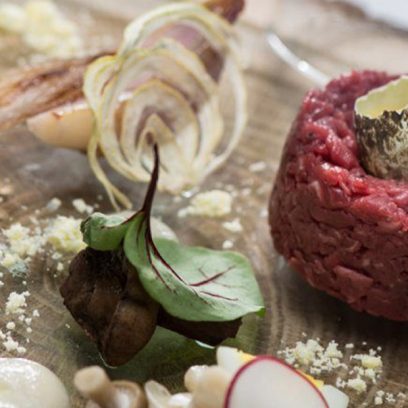
Warmia i Mazury to bogactwo smaków. Przygotowaliśmy drogowskaz kulinarny, dzięki któremu traficie do miejsc, które kulinarnie zachwycają, łączą tradycję regionu z nowoczesnymi smakami. Tu znajdziecie jedzenie, że palce lizać!
Dowiedz się więcej